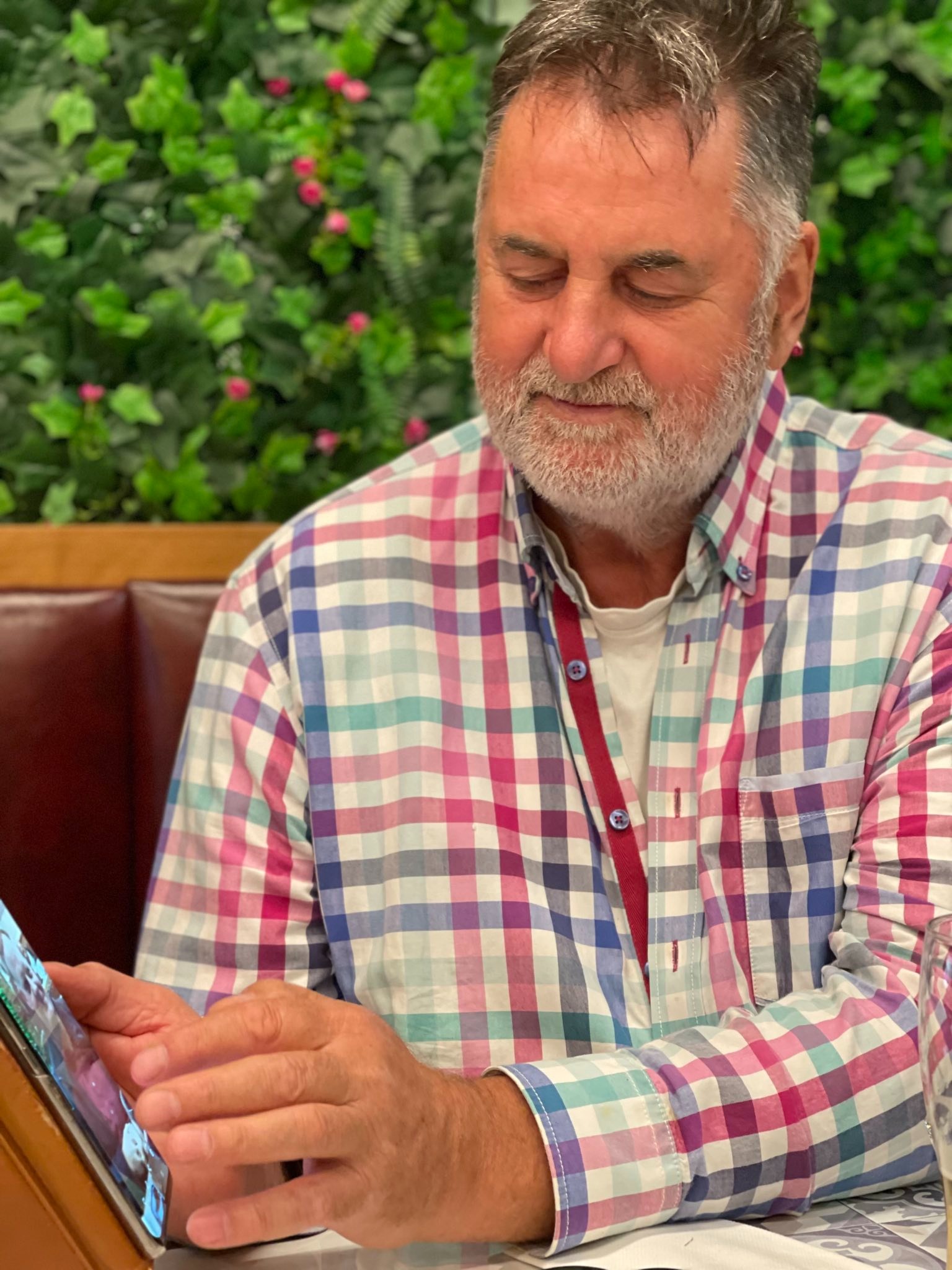Blocked salivary glands,
with the result that the mouth is dry, usually on one side, is not so rare. Mumps, for example, is an inflammation of the salivary glands. But injuries, temporomandibular joint inflammation or dry tissue due to little drinking can also lead to this. When the tissues or ducts of the salivary glands dry up, the automatic consequence is that salivary glands no longer function properly or the ducts can no longer transport fluid into the mouth. The modulation of the cutter method is an excellent way to get these adhesions and subsequently blockages free again. On the one hand, a lot of fluid comes back into the area of the salivary glands, and on the other hand, the tissue adhesions are excellently cleared. Thus, in a few minutes, an inactive salivary gland can be fully functioning again and delivering saliva to the mouth. In this example on the subject of talking out of the closet, such an example is described. Why one-time experience. You don’t usually go to a physical therapist with a block like that. However, this report is intended to show that many problems can be solved by working manually in a way that is not known.
It should also be remembered that inflammation or blockage of the salivary gland also negatively affects the meridian system and other problems can arise from this, such as stomach problems, general fatigue, neck tension, etc.The meridian fluid flows in pathways (meridians) throughout the body and is disturbed by local blockages. This can cause problems in surrounding, but also in distant areas, which can only be healed sustainably by the blockage removal.
